It can be exciting to get that boat out of storage, de-winterized and out in the water, but make sure you are taking the proper precautions before you are caught without power or having a costly problem with your power system. Read the following information to learn more about your boat power system and your power supplies.
Make sure your boat’s connection switch is off before plugging your power cable in or taking the cable out of your boat inlet. Connect your AC WORKS® brand adapter to your boat before you connect to the shore power pedestal. Disconnect your shore power from the dockside. Make sure you keep your boat power inlet closed, to protect it, when not in use.
TIPS: You can purchase clips or straps to keep your power cable connected to the boat rail instead of dangling into the water. This will prolong the life of your cable as it will avoid damage from hanging on the dock and getting pinched by the boat.
If your power adapters, cables, and products do not fit into the plug or receptacle available to you, DO NOT modify them in to make them fit. This is very dangerous and can cause serious harm to you, your electrical system or the shore power system. Instead of modifying your power supplies, contact AC Connectors, we can help.
Your shore power system inlet should be weather-tight. If your inlet is not weather-proof, you need to get a different fitting. Any extension cables used for shore power should have a rating of SO, ST or STO with a 10 AWG for 30 Amps and 6 AWG for 50 Amps.
When doing any AC wiring on your boat’s power system, do not use house wire. Boat wiring needs to be tinned to avoid corrosion, allow flexibility and resistance.
Always leave electrical system repairs to a certified electrician, an injury will likely occur if you don’t know what you're doing.
Main and individual circuit breakers on the distribution panel allows you to turn all power off or turn off individual items from the power. Turn off the switches, including the main shore power if you want to connect to your generator. You cannot get power from your generator while the shore power main is still on. Once you switch to generator power, you can then turn on the breaker switches to any specific items you may want to use, like your refrigerator, for example. Now that you have all the power off you can turn the breaker off on the shore power pedestal and twist to disconnect your adapter from the shore power.
To keep the adapter ends of the power supplies dry and corrosion or rust free, store the adapter inside the boat.

The top left cord set is the AC WORKS® brand S1450SS2-015, the top right cord set is the L1430PR-025.
The bottom AC WORKS® brand products listed from left to right are: S515M50-018, ADL1430SS2, and L1430M50-018.
It is important if you are going to own a boat, that you understand the power systems and what goes into getting power onto your vessel. If you have any questions about the power systems on your boat contact your dealer if you have any questions about your boats AC power systems and power supplies please contact us and we will help to get you the answers you need.


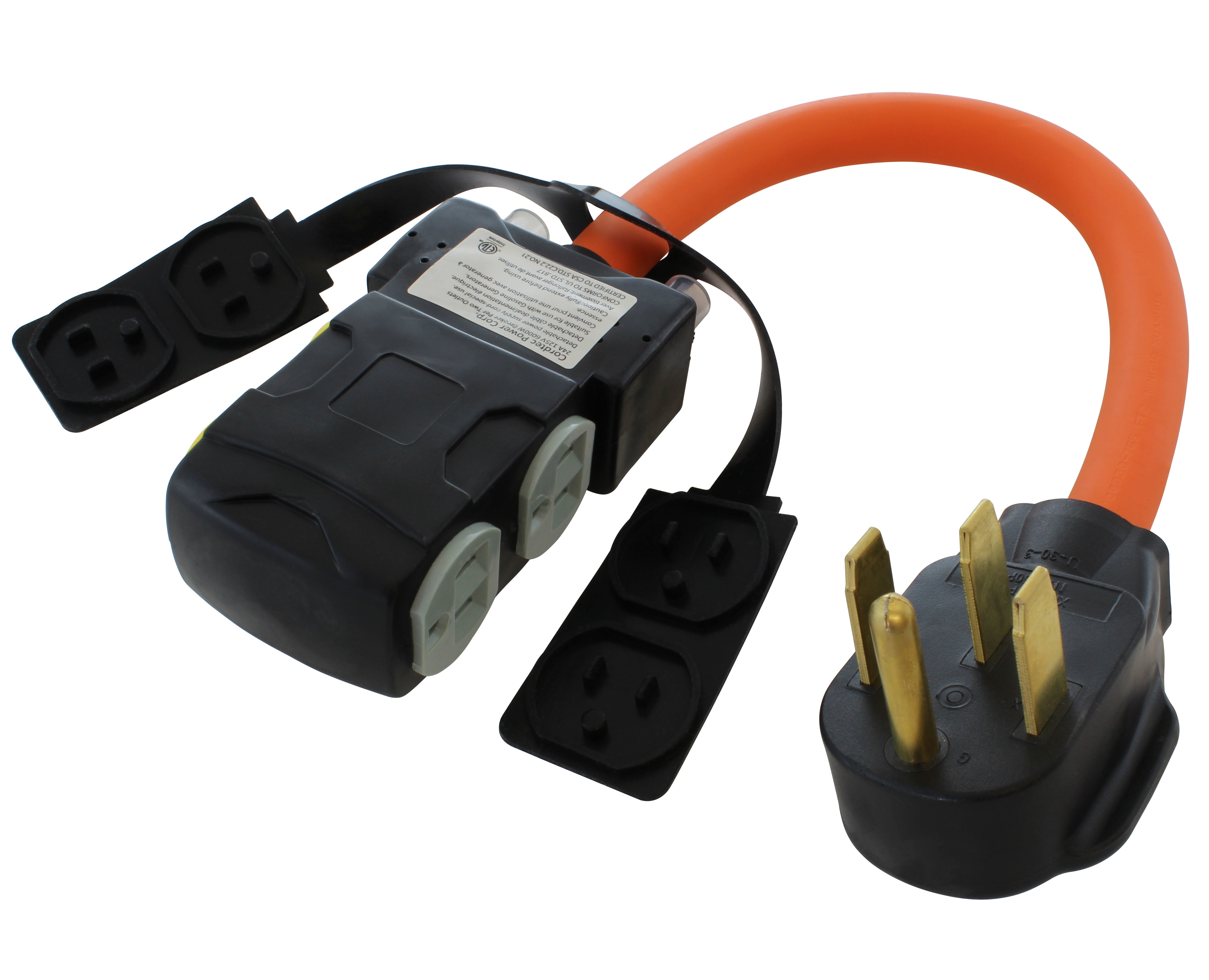
![AC WORKS® [ASINSS2PBX-G] 50A Locking 4-Wire CS6375/ SS2-50 Heavy-Duty Transfer Switch Inlet Box](http://acworks.com/cdn/shop/files/ASINSS2PBX-0_0206b362-7c90-42a5-8754-0685c13dab7e.jpg?v=1758051675&width=2500)

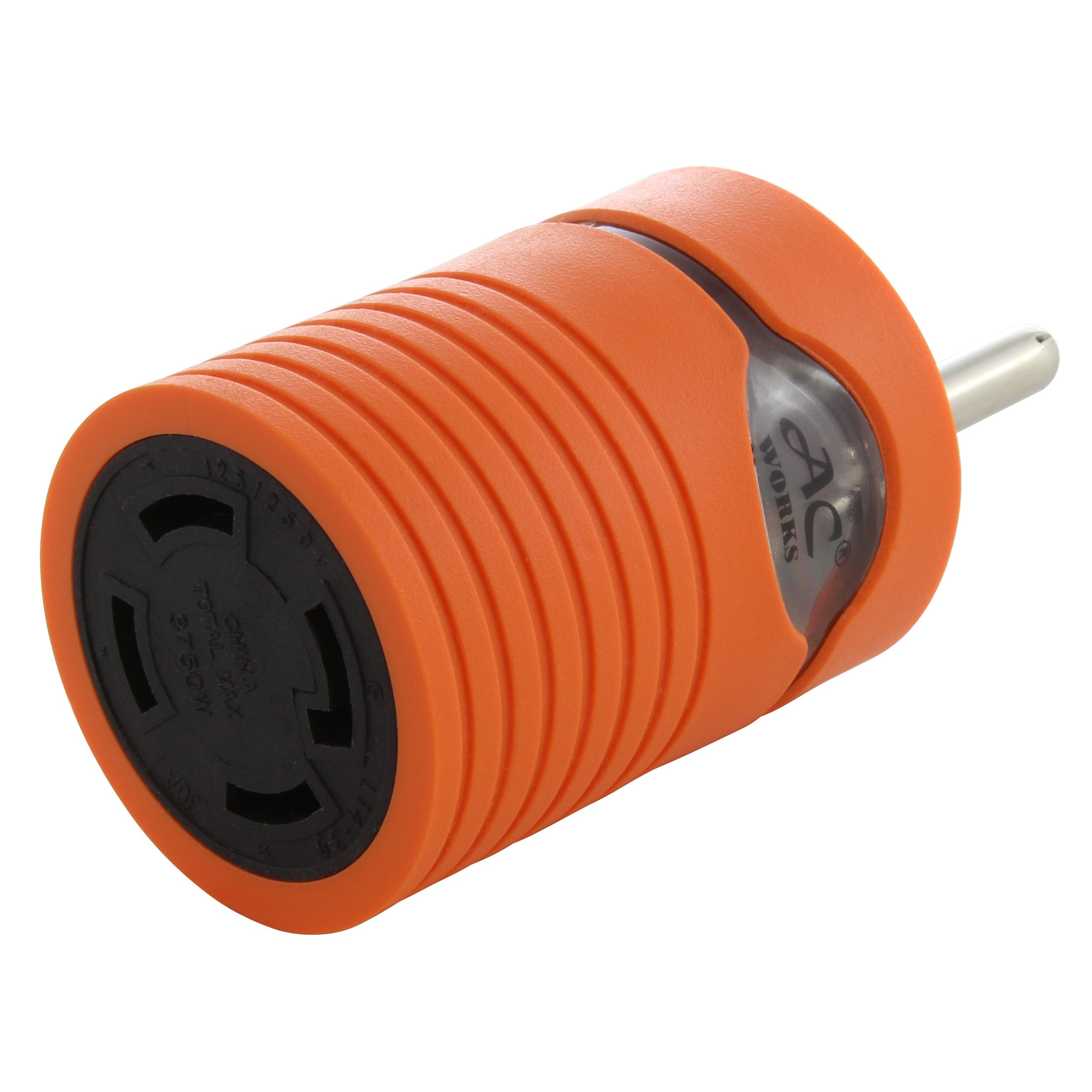
![AC WORKS® [S1430CBF520] 1.5FT 14-30P 4-Prong Dryer Plug to (4) Household Outlets with 24A Breaker](http://acworks.com/cdn/shop/products/S1430CBF520.jpg?v=1666103519&width=4656)
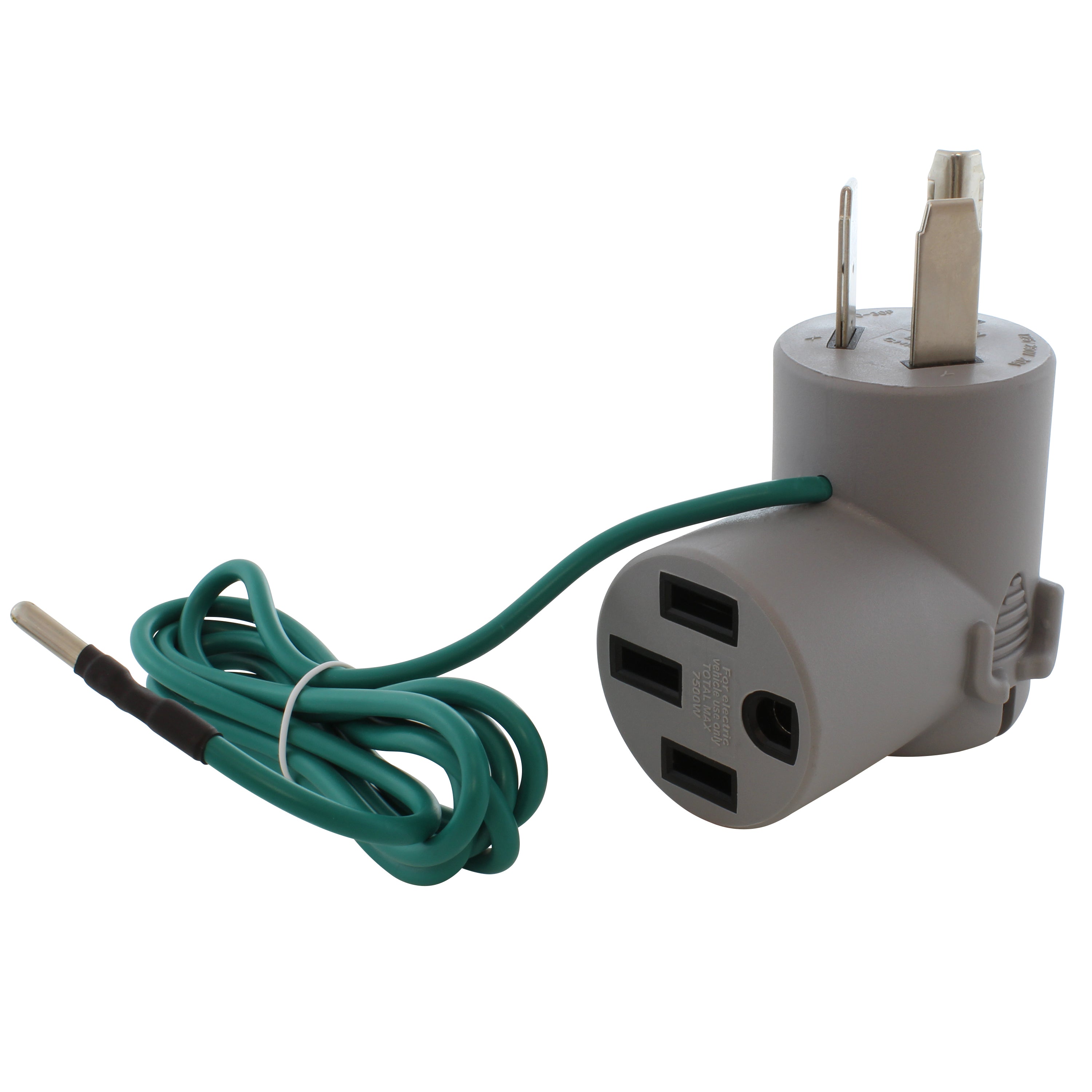
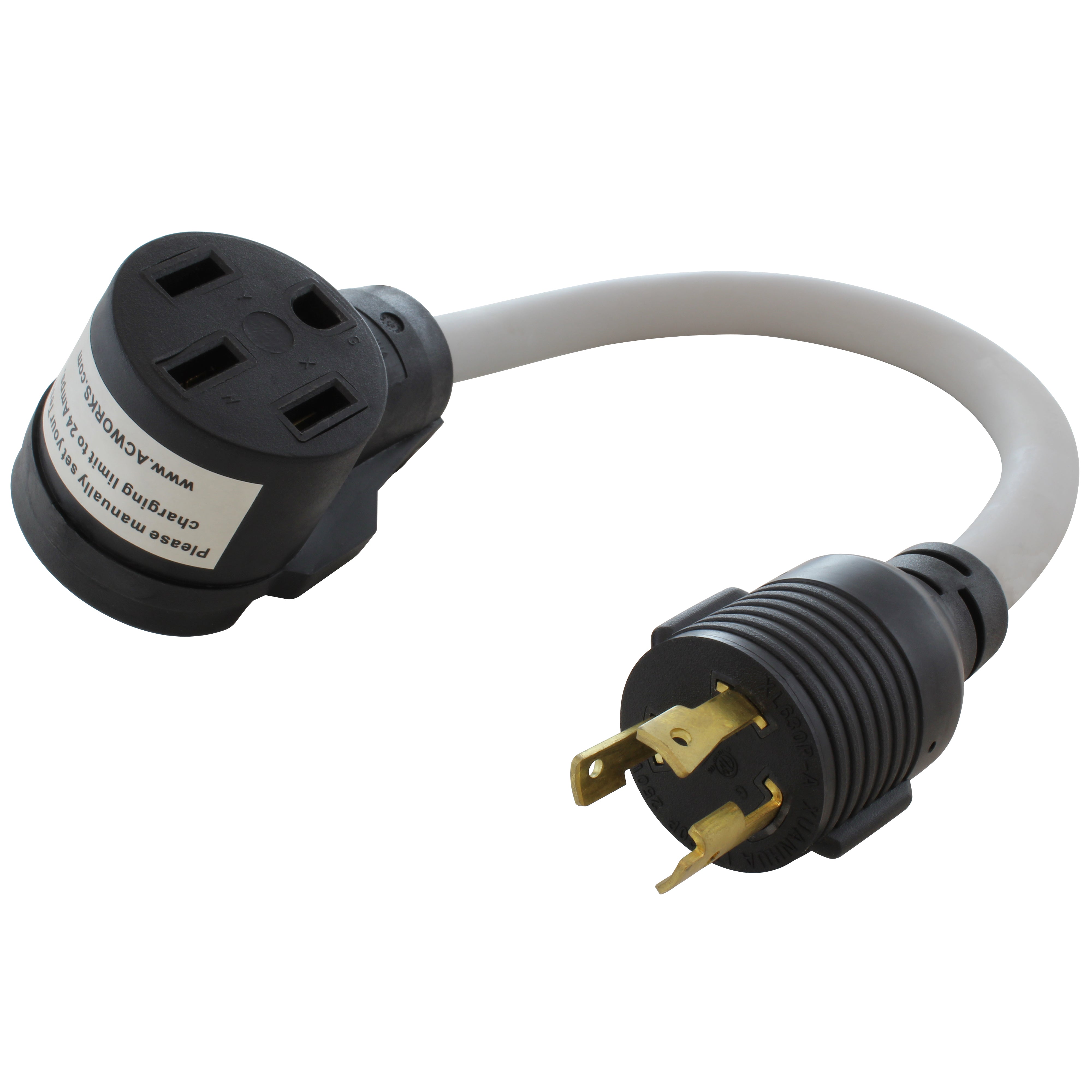
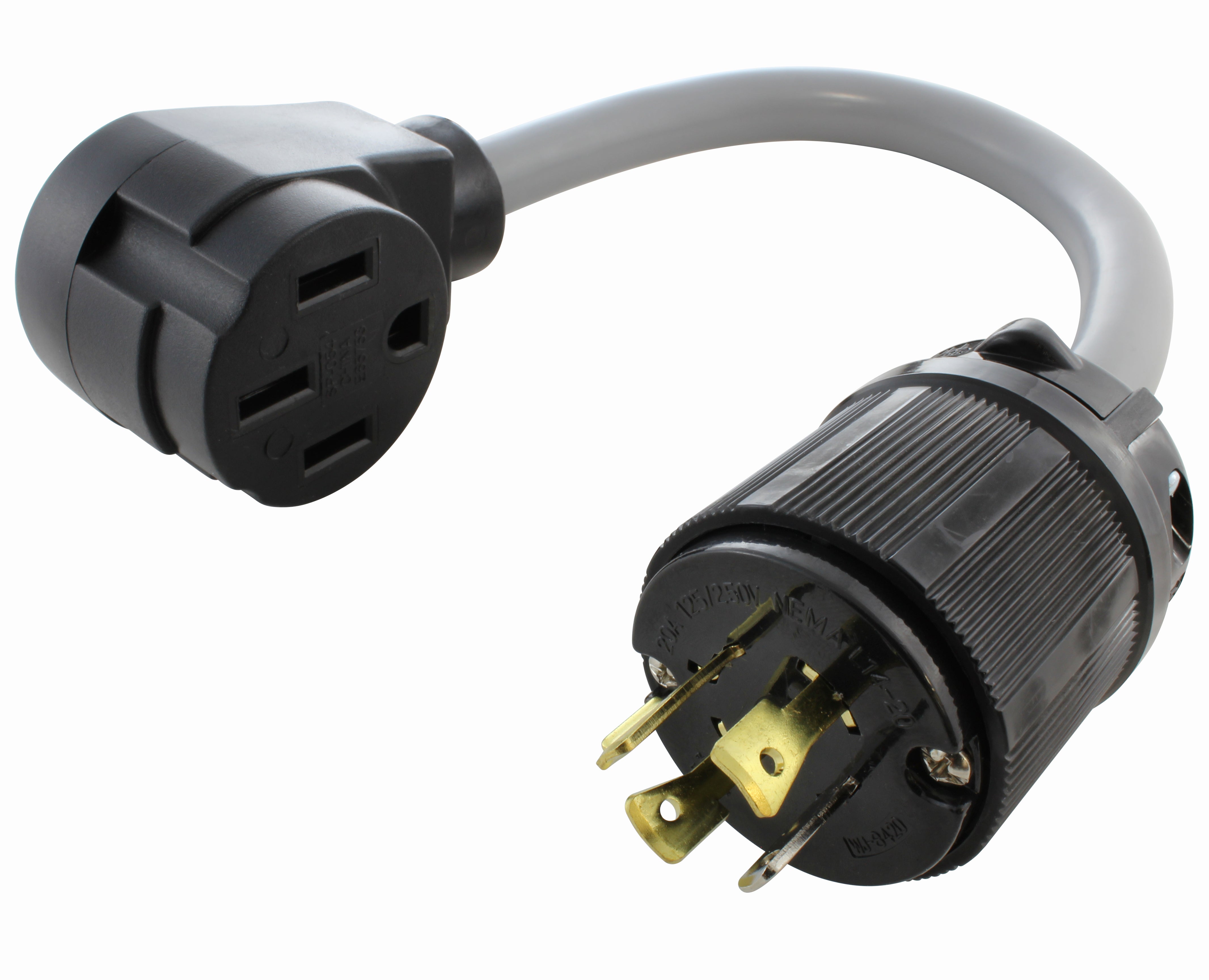

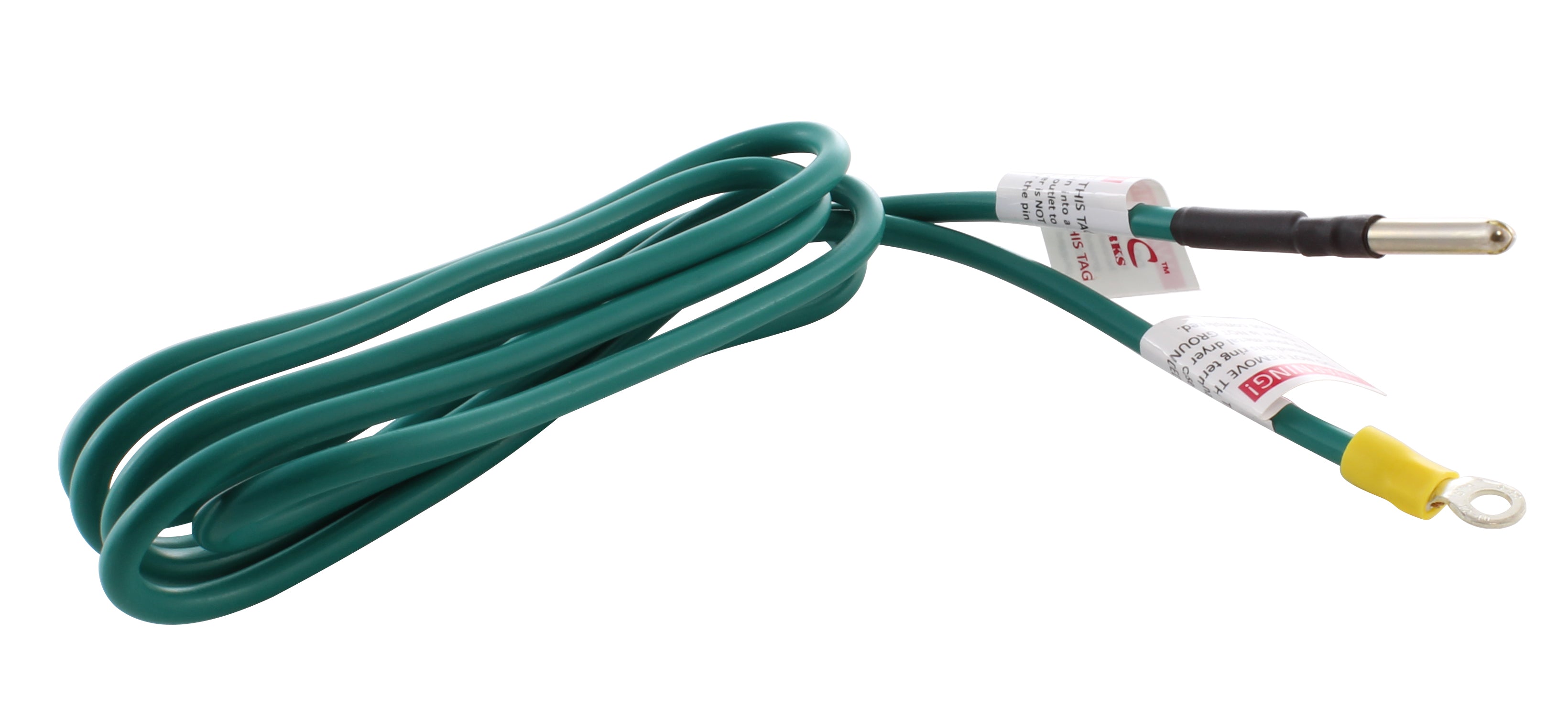

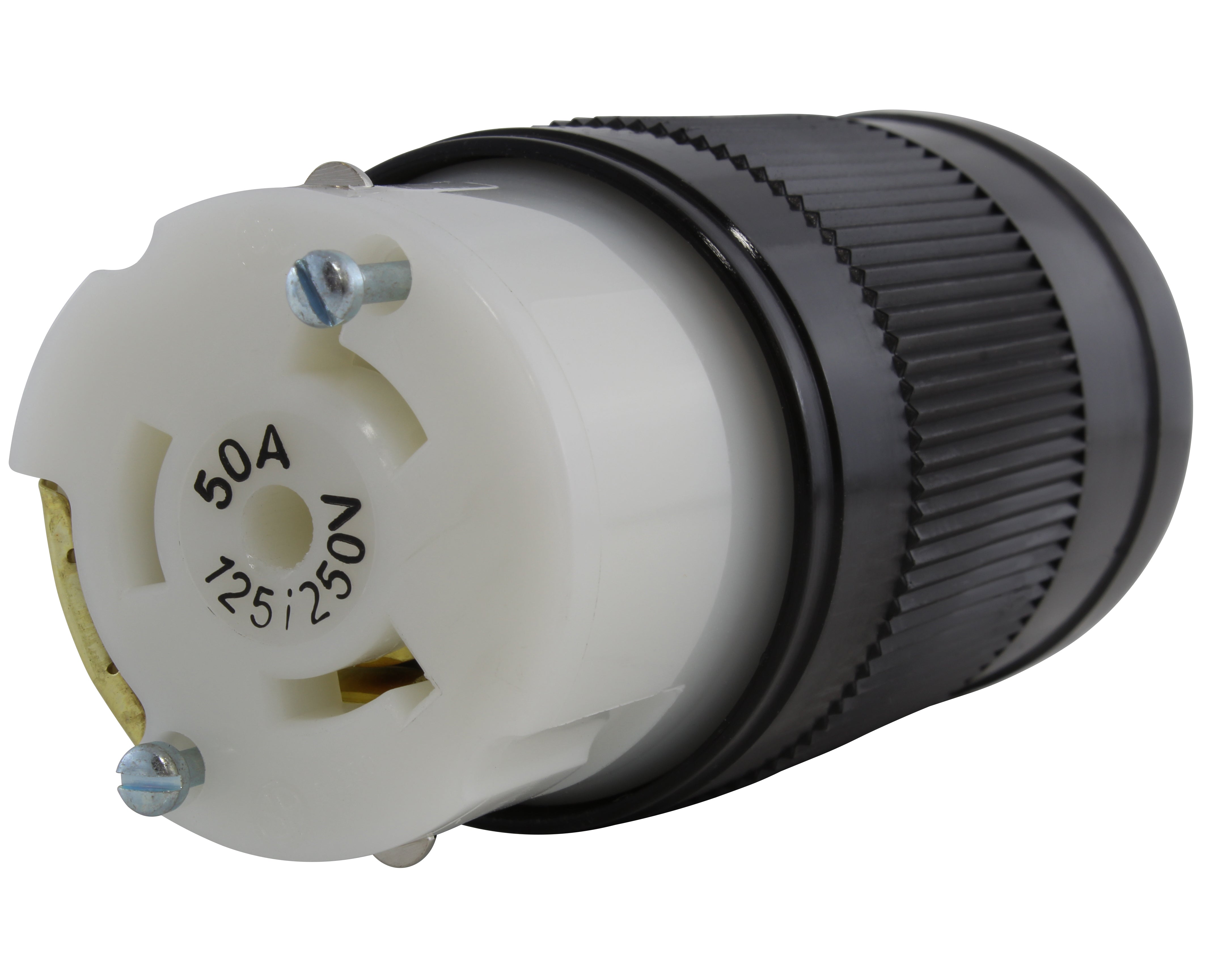


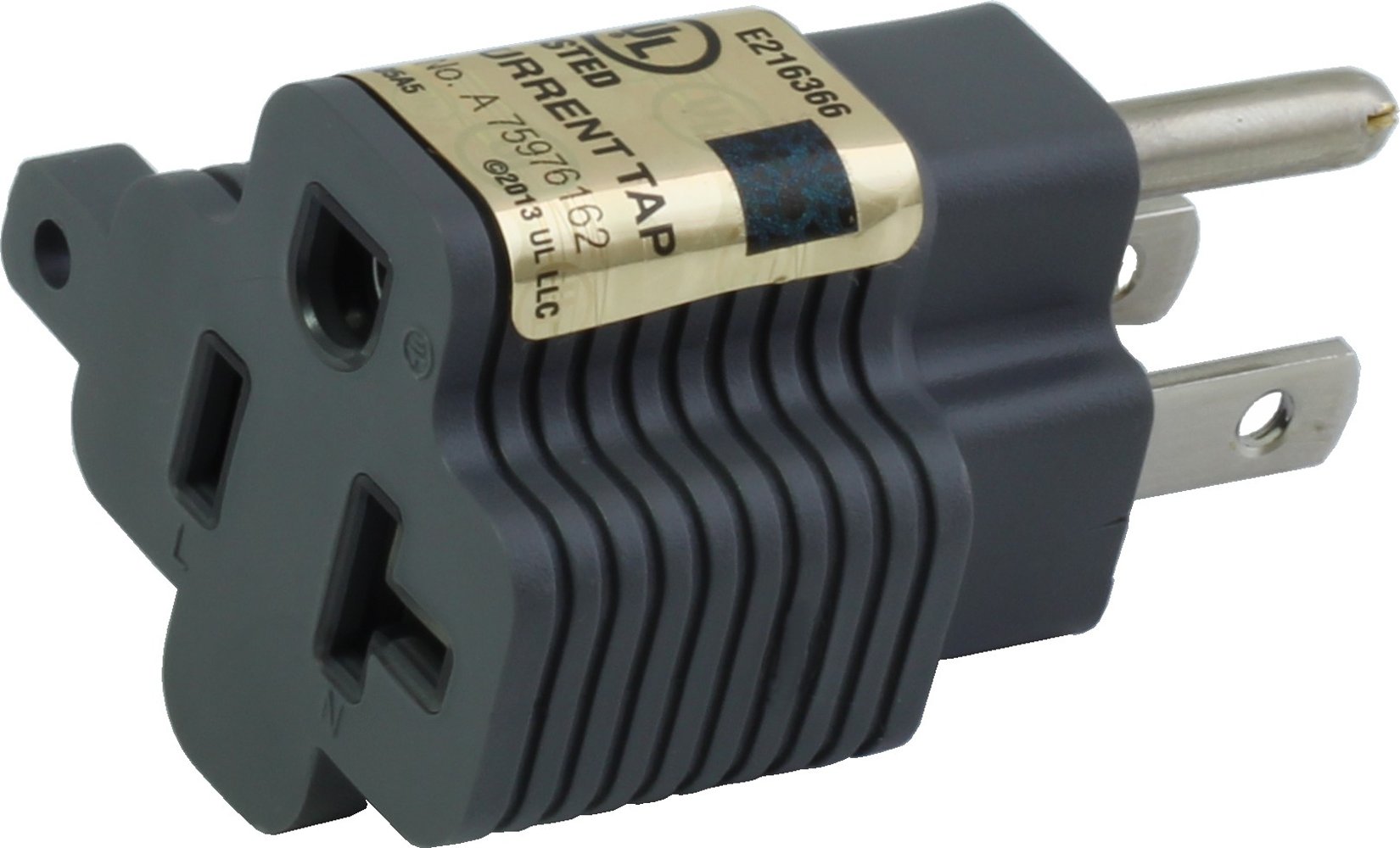
![AC WORKS® [ADV104] 3-Prong Heavy-Duty V-DUO Household Outlet Adapter](http://acworks.com/cdn/shop/products/ADV104-0.jpg?v=1605738768&width=3128)
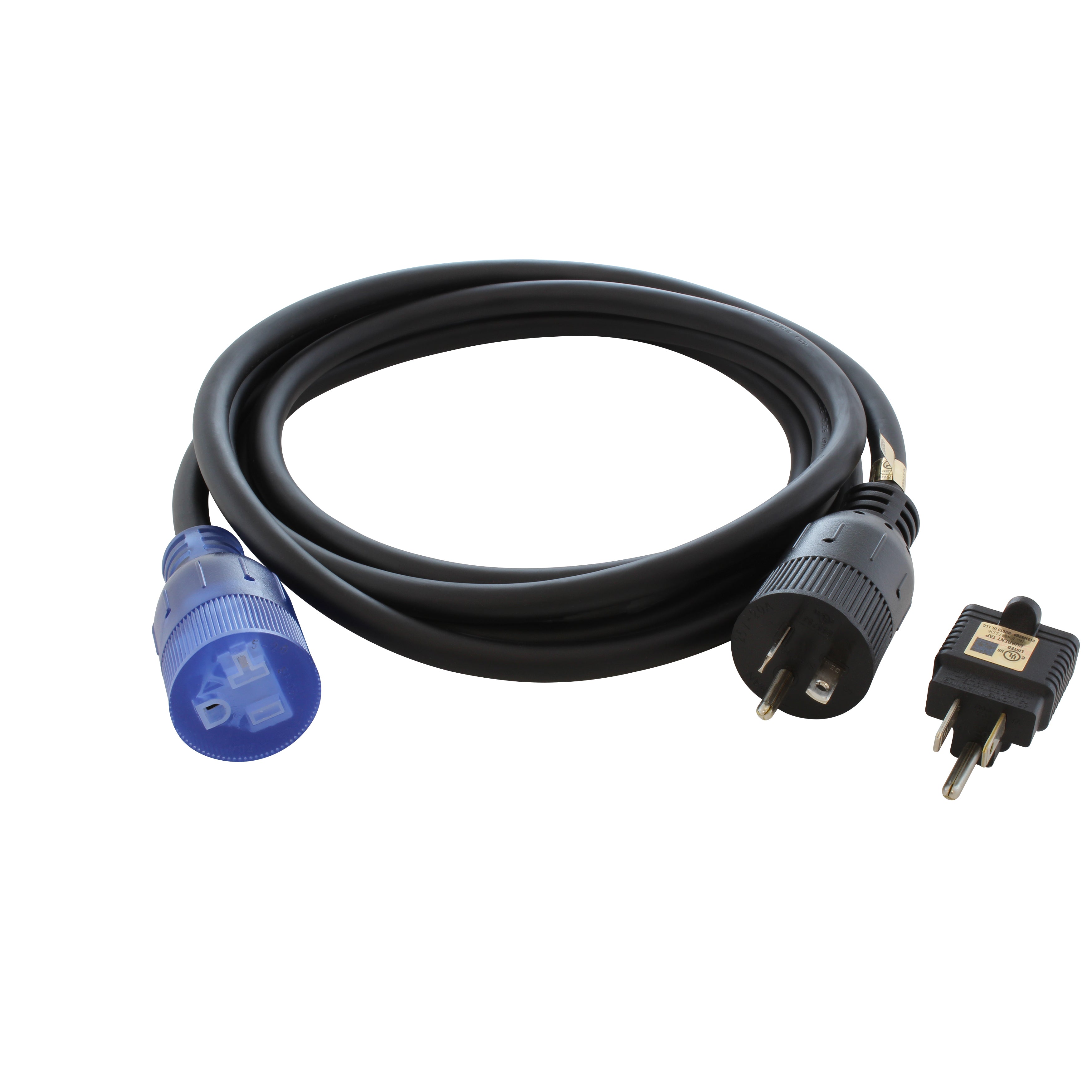
![AC WORKS® [XH515520] 15A to 15/20A 125 Volt Plug Adapter with ETL Safety Approval](http://acworks.com/cdn/shop/files/XH515520-0_daea425a-f439-48df-bb75-052167057f12.jpg?v=1729091519&width=2500)
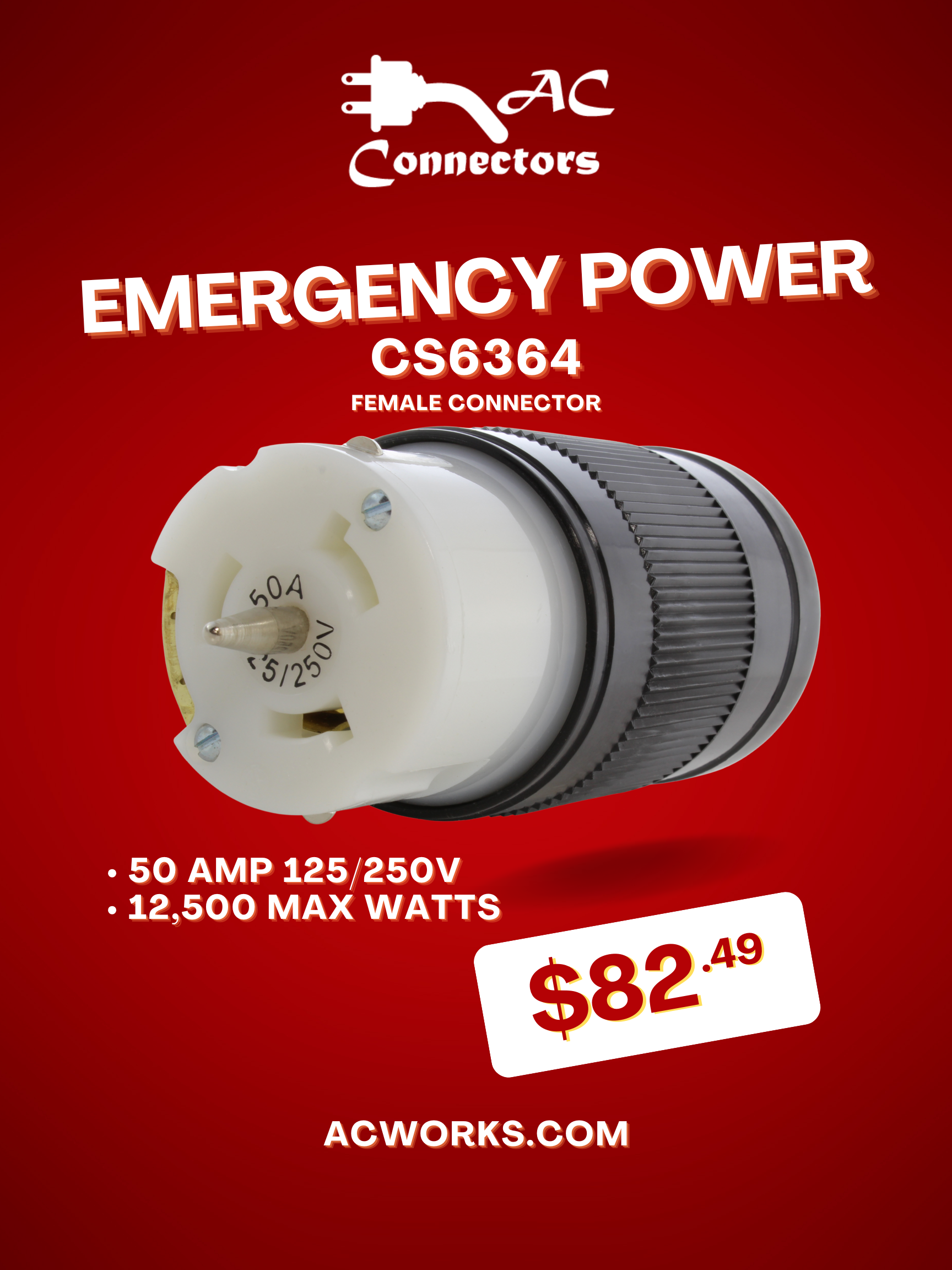


Share:
How to Prep your Boat for the Season
Meet Chris, Marketing Coordinator